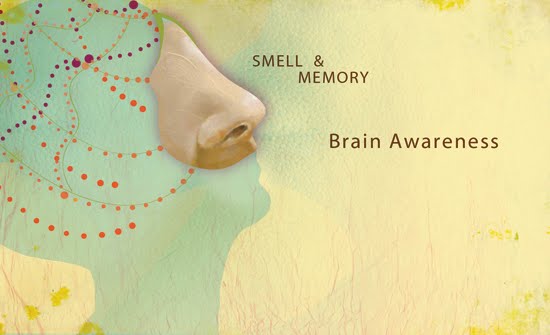Have you ever fallen asleep with the television on and then had a dream that you were part of the show? Or gone to sleep after a big fight with your significant other and then had a dream where you were being chased?
Scientists have known for a long time that there’s some kind of relationship between our dreams and the sounds and sensations happening around us and most of us have had a dream where some external stimulus; a sight, a sound, a memory; seemed to be an influence. And surprisingly with different smells, it can influence our dreams, too. When researchers gave dreaming subjects whiffs of rose scent, the subjects reported rosier dreams. The scent of rotten eggs, on the other hand, provoked unpleasant dreams, the study found.
While in REM sleep, the phase where dreams are most likely to occur, each woman in the study was tested three times. Once with phenyl ethyl alcohol, a scent resembling roses; once with hydrogen sulfide, which mimics the sulfurous stench of rotten eggs; and once with a neutral scent. A minute after being exposed to the odor, they were woken up and interviewed about their dreams. What was most interesting was that the women reported that the dreams themselves were not necessarily good or bad. No one had terrible nightmares or dreams about jetting to Hawaii with George Clooney. But the odors very much influenced how the dreams made the women feel. The researchers discovered that upon waking, those who smelled a pleasant scent reported having had pleasant dreams, and those who smelled something bad reported that their dreams corresponded. Although the smells didn’t seem to alter the content of their dreams, it did affect how they felt about them.




